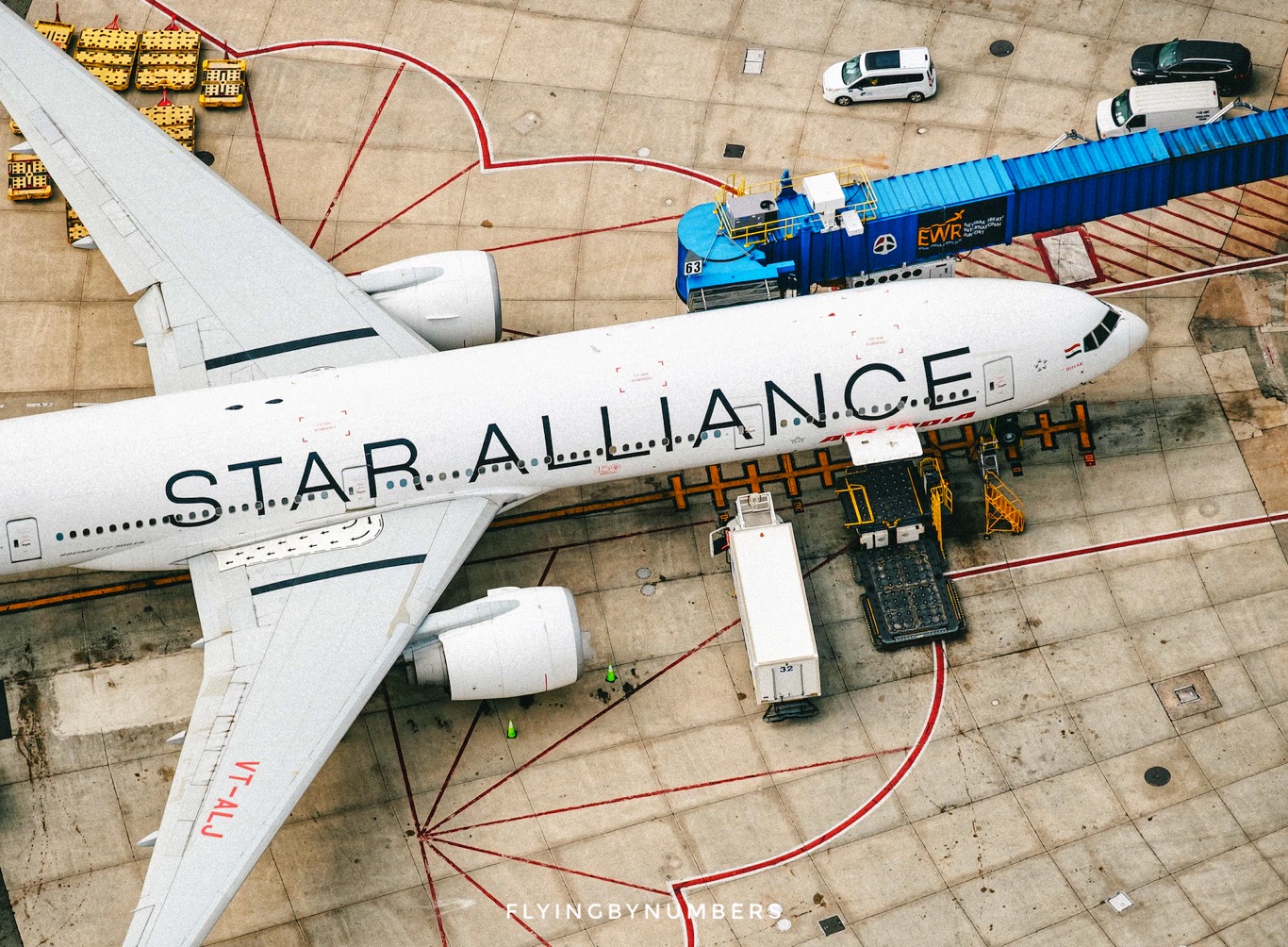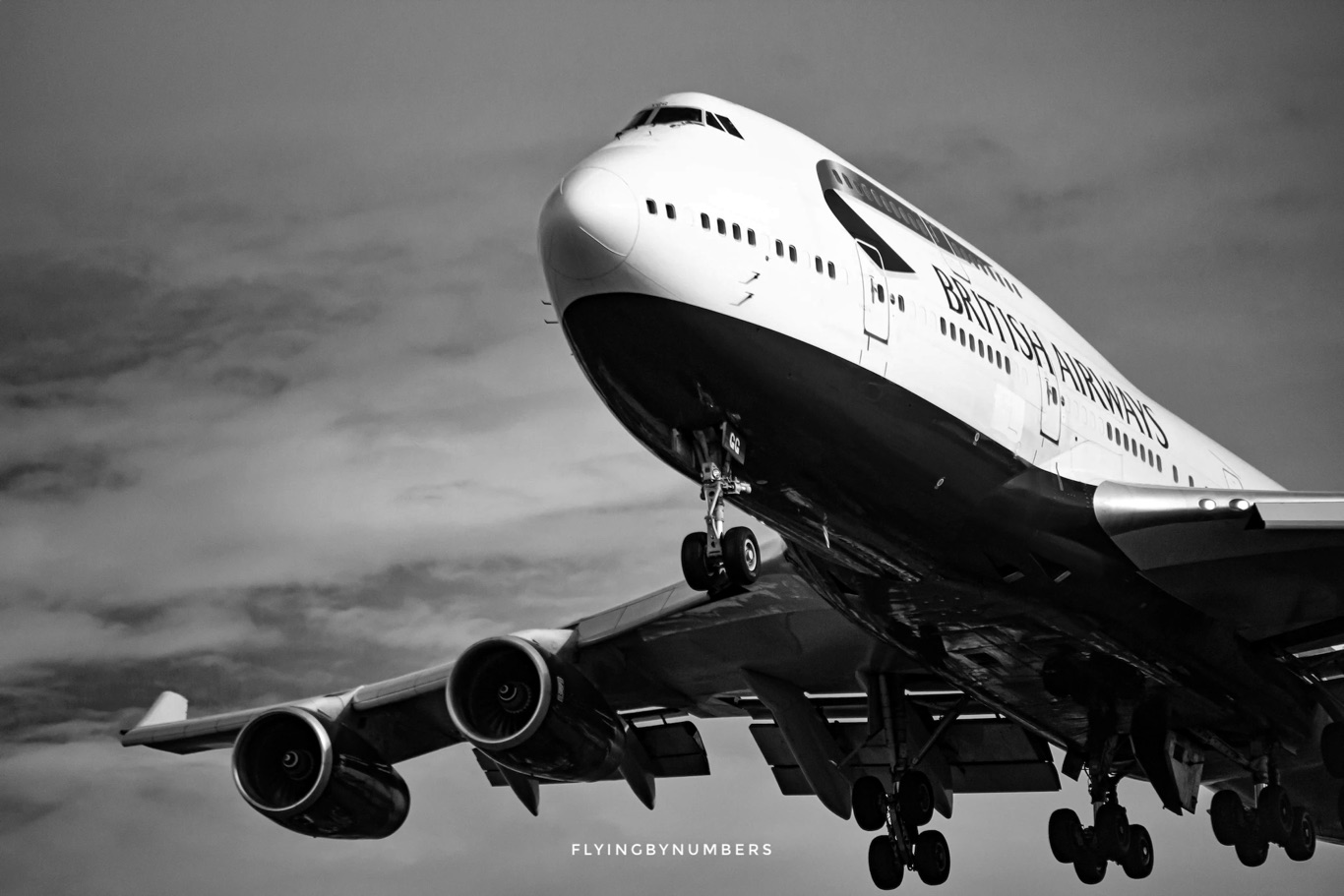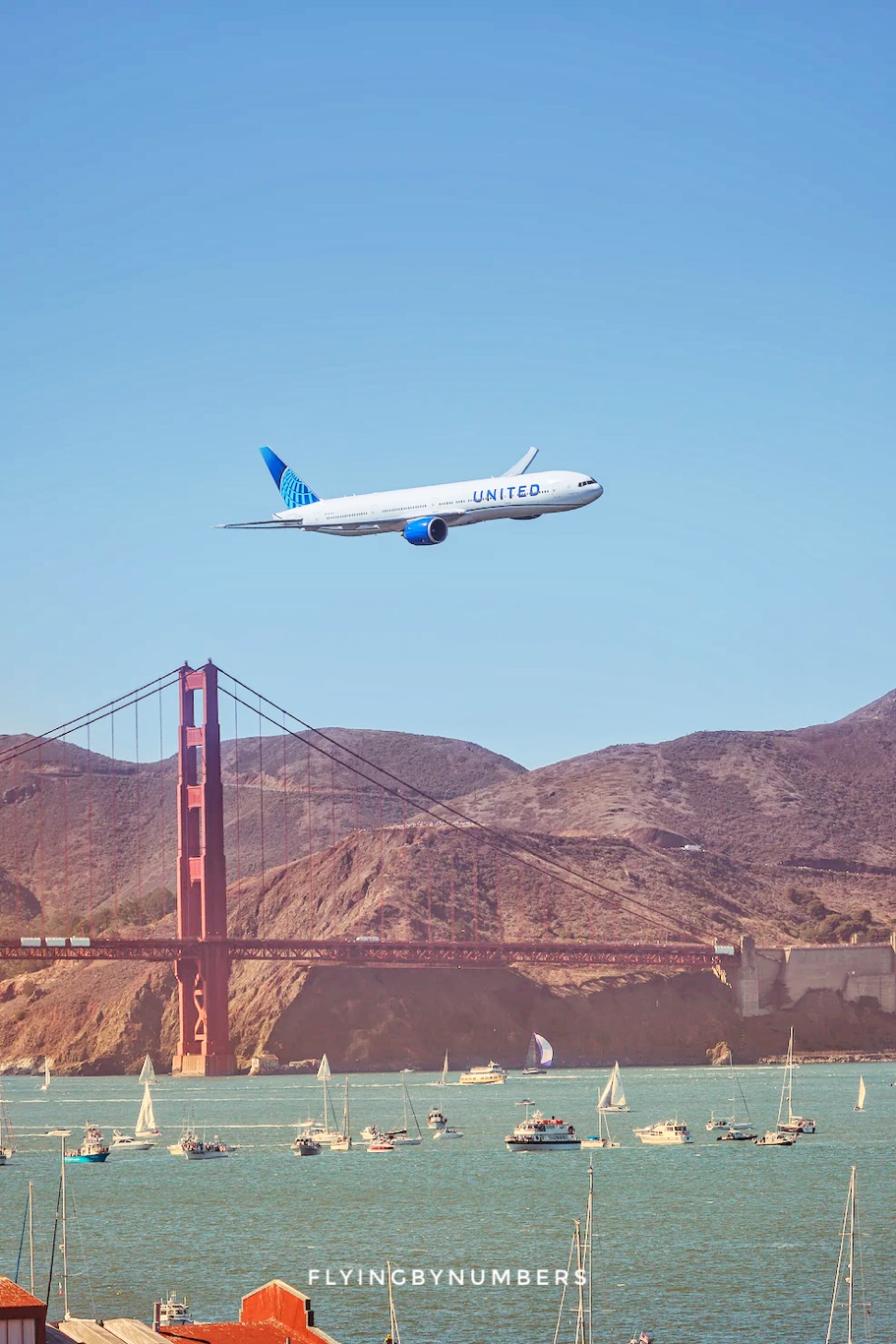Commercial pilots are a special breed. While they have a few things in common — they typically love their job and the challenge of flying planes — if you ask 10 pilots the best way of doing something, you’ll frequently get 11 different answers!
However, when asked what their favourite plane is, there’s usually one aircraft that comes up as a pilot’s favourite time and time again: the Boeing 777.
From a group of people that frequently can’t agree on anything, the fact that commercial pilots have an overwhelming favourite aircraft is interesting in itself! After consultation with our resident airline pilot, and input from his colleagues, we think we’ve got to the bottom of it.
So, what exactly is it that makes the Boeing 777 standout as the most popular pilot’s plane?
In this article, we’ll take a look at three key reasons.
Longhaul flying
We’ll start off with a sometimes controversial, but largely true, statement. Longhaul flying is what most pilots aspire to.
It’s the pinnacle of the profession. In comparison to shorthaul or business jet pilots, commercial longhaul pilots typically get paid more, while spending less time at work, and traveling to more exotic destinations.

Of course — as Alissa explained from a flight attendant perspective — jet-lag, and spending time away from home, takes its toll. And, equally, many pilots enjoy the shorter sectors and challenging “hands on” flying of shorthaul. But overall, it is fair to say that pilots prefer longhaul.
So with this in mind, any conversation involving pilots favourite aircraft is likely to start with a longhaul aircraft. And when it comes to longhaul flying, the Boeing 777 is hard to beat. Designed in the late 1980s, the Boeing 777 brought a step-change in technology, and was the first commercial aircraft to entirely use computer-aided design.
Fast-forward 30+ years, and the latest long range models are capable of transporting over 300 passengers over 15,000 kilometres! The latest variant — the 777-300 ER — is arguably still the most capable longhaul aircraft in the world.
Not only is it capable, it is cost-effective. In fact, according to recent studies into the efficiency’s of modern airliners, the Boeing 777-300ER is the most cost-efficient aircraft across every category (short, medium, and long) of longhaul flying. Airlines love it too.
Ease of flying
Most commercial airline pilots would tell you they enjoy their job. But, I doubt you will find many that describe the commercial aircraft they fly day-to-day as fun or engaging. After all, commercial aircraft are a lot closer to minivans, than sports cars, in the aviation world!
But fun and favourite are too very different words! When you are tired and jet-lagged — as longhaul pilots permanently are! — you need an aircraft that will look after you. Often described as building “planes for pilots” it’s something Boeing are great at doing, and the 777 is no exception.
New vs old


So, what makes it so easy to fly?
Well, part of it is down to the way Boeing have designed the systems and automation. The 777 was Boeings first fully fly-by-wire aircraft, and is a known as being very “forgiving”. In other words, if you make a mistake, or things start to go wrong, the systems will frequently correct for you — or at least give you time to sort it out!
A great example of the aircraft helping you out is TAC, or, Thrust Asymmetry Compensation. An advanced system, first introduced on the 777, that on detection of an engine failure begins to assist the pilot by applying rudder for them.
In addition, as one of the first twin-engined aircraft designed for ultra-long range flying, the 777 largely competed with older 3 and 4-engined aircraft. Boeing needed to overcome the apprehension of flying twin-engined aircraft extremely long distances.
As a result, they arguably over-engineered many of the systems. Therefore, there is plenty of redundancy built in.
The destinations
The third reason commercial pilots love the Boeing 777 is the destinations. This might seem like a strange reason for choosing one plane over another, but hear me out! What I mean by this is the routing options and distance an aircraft can fly are often more important to commercial pilots than the plane itself.
Designed from scratch — known as a clean sheet design — this was the first Boeing aircraft designed in collaboration with commercial airlines. Until this point, successful aircraft had simply been designed by aircraft manufacturers in isolation, with customers selecting the closest model to what they wanted, and then adapting their operation. This time, however, Boeing took a different approach and designed the 777 with input from eight international airlines.
As a result, the triple seven is a jack-of-all-trades. It combines high-efficiency, and plenty of excess performance. This means that it is suited to a massive variety of destinations, from short runways on Caribbean islands, to ultra-long-haul flights across the pacific and everywhere in between.
This has created a virtuous circle.
For pilots, route selection is a big deal. While airline pilots might have minor preferences between the aircraft they operate, virtually everyone has a strong preference about the type of flying and destinations they travel to. Destinations control a pilots life, affecting everything from the type of hotels they stay in, to how long they are away from home.
At many airlines, pilots have some control over their rostering, so it is obvious to see that the aircraft with the most choice is likely to be the most popular!
Summary
Of course, there are other great aircraft out there. But when it comes to an all-round performer, it’s hard to look past the 777, which is why it is fair to say it’s the commercial pilot’s favourite.
777 Pros
In short, the Boeing 777 is the perfect plane for pilots who want to fly longhaul, to a variety of interesting places, without having to sweat too much about the flying! It’s no wonder it’s so popular with commercial pilots.
For non-commercial pilots wondering what all the fuss is about, the closest way I can describe flying a 777 to non-aviators is comparing it to using an iPhone versus the myriad of other great tech devices.
Yes, there are specialist devices that excel in different areas, but the reason the iPhone is the most popular phone in the world is that it is both intuitive and everything just works. It’s a similar story here, and part of the reason the 777 is the most produced wide body aircraft, ever!
For an all-round solution, the 777 is hard to beat!





